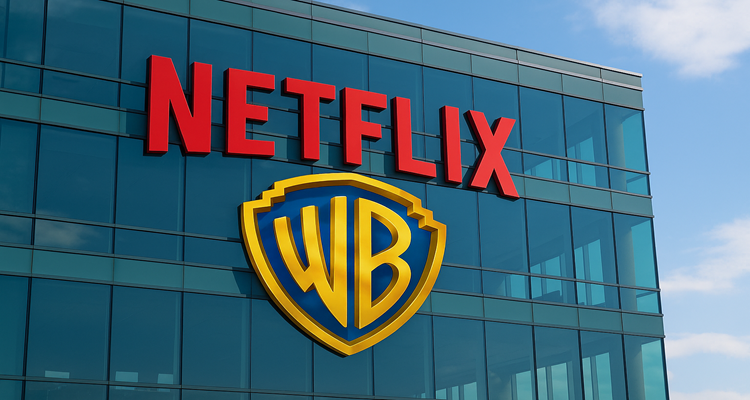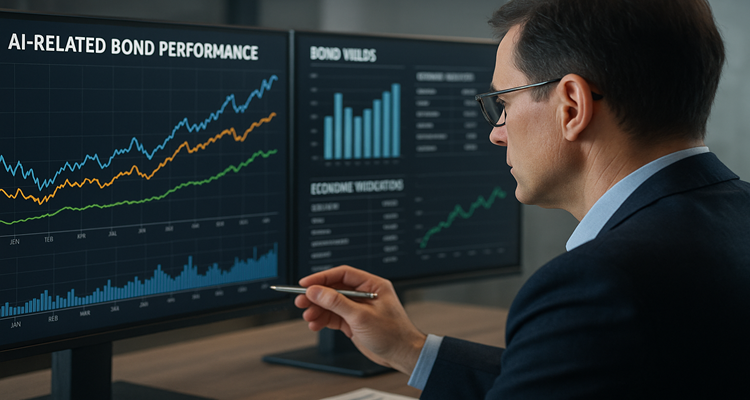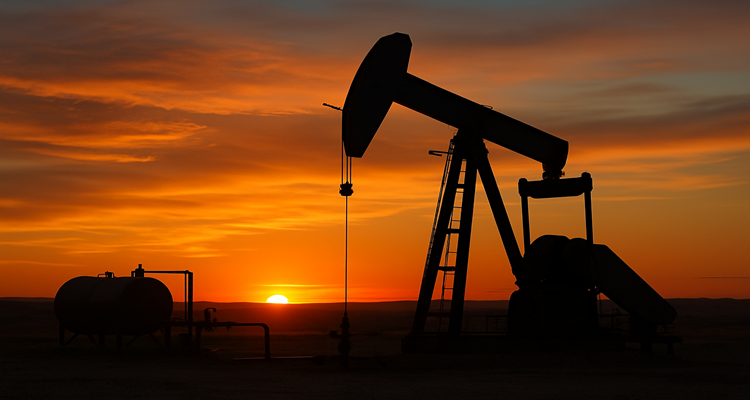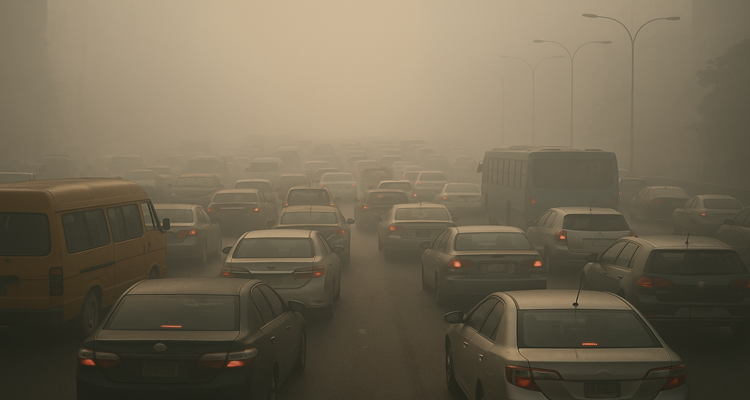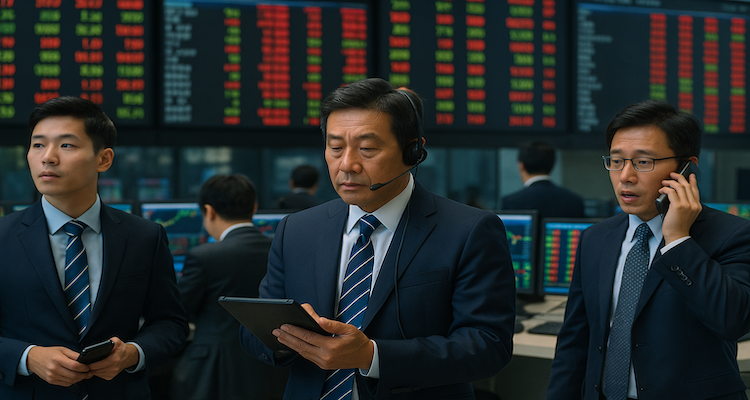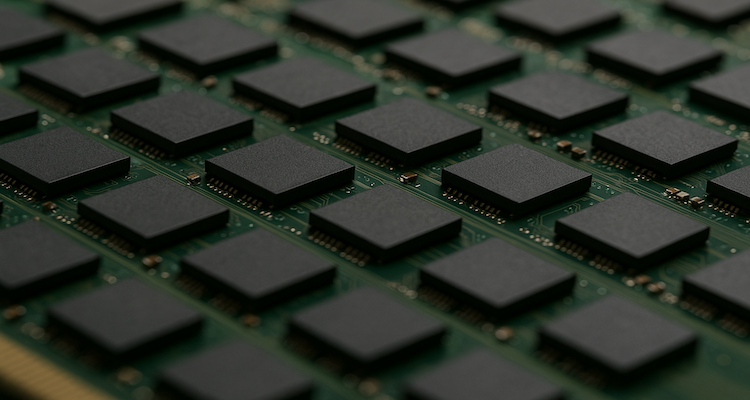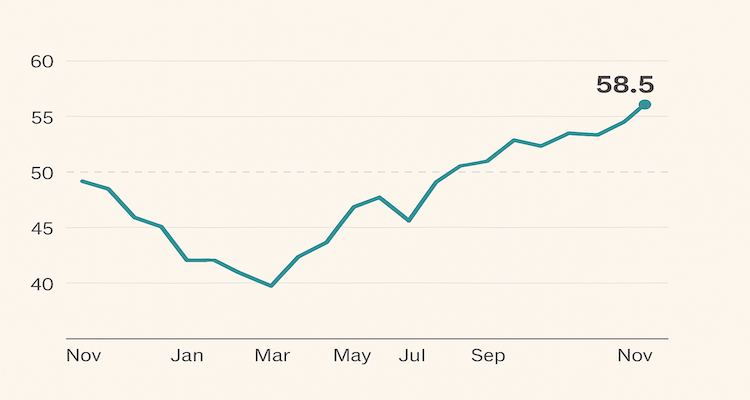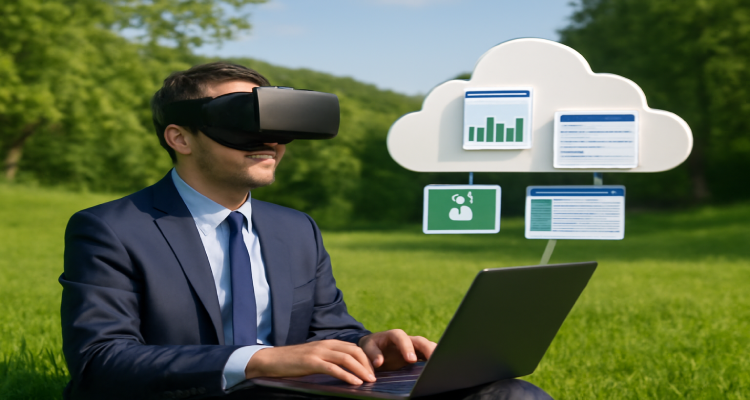The Future Unplugged: How Technology Is Shaping Tomorrow
Explore how emerging technologies—AI, IoT, renewable energy, and more—are transforming how we live, work, and connect, shaping a bold new unplugged future.
Introduction: A Glimpse Beyond the Screen
In the hush of an early morning, millions reach for their smartphones—yet the boundary between our digital and physical worlds is steadily dissolving. As technology evolves at breakneck pace, it not only powers our devices but weaves itself into the very fabric of our lives. This transformation isn’t just about new gadgets; it’s about redefining how we work, interact, and even imagine the future we’re building. How is technology—now more “unplugged” and ambient than ever—reshaping tomorrow?
Context & Background: From Plugged-In Lives to Invisible Innovation
A generation ago, technology meant wires—bulky desktops, landlines, and always-nearby power cords. The past decade, however, has upended these expectations. Wireless charging, 5G networks, and the Internet of Things (IoT) have quietly minimized our physical tether to technology. Meanwhile, digital tools like cloud computing and voice assistants have moved the action from our desks to our entire environment, creating a seamless fusion between online convenience and the offline world.
Events like the COVID-19 pandemic accelerated this transition, catalyzing remote work, telemedicine, and virtual education. As connectivity becomes both omnipresent and invisible, technology’s next leap isn’t about bigger screens or faster chips—it’s about a future where the power of digital information is “unplugged” from the old constraints, quietly empowering our lives.
Main Developments: The Technologies Energizing Tomorrow
Artificial Intelligence: Smart, Seamless Decision-Making
Artificial intelligence is no longer confined to science fiction. Its applications run from everyday conveniences—like predictive text—to life-altering advances in medicine, finance, and logistics. AI-driven systems can process vast datasets, anticipate consumer needs, and automate complex tasks. Personal digital assistants, AI-powered health monitoring, and context-aware smart homes suggest a future where technology is attuned not just to commands, but to the rhythm of our lives.
The Internet of Things: Connecting Everything
IoT is transforming static objects into smart, communicative “things.” Connected thermostats learn user habits to save energy; connected vehicles update routes in real time based on traffic. As more devices—and even wearables—join these intelligent networks, technology does its work quietly in the background, creating efficiencies and insights previously unimaginable.
Renewable Energy & Smart Grids: Power Without the Plugs
Clean energy technologies are unplugging our dependency on centralized power grids. Solar panels, wind turbines, and advanced battery systems now bring power generation closer to those who use it. When combined with smart grids, these innovations not only reduce environmental impact but ensure communities can function—even thrive—when disconnected from traditional infrastructure.
Remote Workspaces and the Virtual Renaissance
Cloud collaboration tools, immersive virtual reality (VR), and augmented reality (AR) have upended our concepts of “office” and “workspace.” Professionals collaborate from remote villages or bustling cities, making work more flexible and accessible. Virtual labs and classrooms mean that learning and knowledge creation are unplugged from traditional institutions.
Expert Insight & Public Reaction
Dr. Maya Tran, a technology futurist, observes:
“We are entering an era of ‘ambient technology.’ Rather than demanding our attention, the most successful innovations melt into the background—augmenting our lives rather than interrupting them.”
Public sentiment echoes this optimism but is not without concern. Recent surveys show people value the freedom and flexibility offered by smart, wireless systems, but they also raise eyebrows about privacy, screen time, and cybersecurity. Organizations like the Electronic Frontier Foundation lobby for new norms and safeguards so that the future’s benefits remain accessible and secure.
Impact & Implications: Who Gains and What’s at Stake?
Daily Life
The “unplugged” future promises greater autonomy. Smart health trackers gently nudge us toward better habits. Homes are safer and more efficient, anticipating residents’ needs and detecting anomalies before they become problems. Shopping, banking, and even government services can be done from anywhere, dissolving barriers of distance or mobility.
Industry and Economy
Companies that leverage automation, AI, and decentralization are finding new efficiencies and markets. As traditional industries—from agriculture to entertainment—adapt to technological disruption, new sectors emerge: remote tech support, digital wellness, clean tech engineering, and more.
Society at Large
There are profound implications for inclusion and equity. The same tech that brings rural communities into the global economy risks widening the digital divide for those without access. Policy, education, and investment must work in tandem to ensure tomorrow is inclusive, not exclusive.
Environmental and Ethical Concerns
Unplugged technologies herald both a greener planet and new ethical quandaries. While decentralized and renewable systems lessen climate impact, increased connectivity and personal data collection require urgent oversight and public dialogue.
Conclusion: Charting a Human-Centered, Unplugged Tomorrow
The march toward an “unplugged” future isn’t about eliminating technology from our lives—it’s about making it so seamless, safe, and adaptive that it enhances what it means to be human. As AI, IoT, renewable energy, and immersive digital platforms mature, society faces both unprecedented potential and pressing questions. Will we harness these innovations to create a more equitable, sustainable world—or risk letting them divide or distract?
As we move forward, the most visionary technologies will be those that quietly empower us, forging connections, sparking creativity, and unlocking a future where everyone has the opportunity to thrive—no wires attached.
Disclaimer :This article is for informational purposes only and reflects the landscape as of August 2025. All opinions, projections, and expert commentary are offered in good faith and do not constitute financial, medical, or professional advice.


